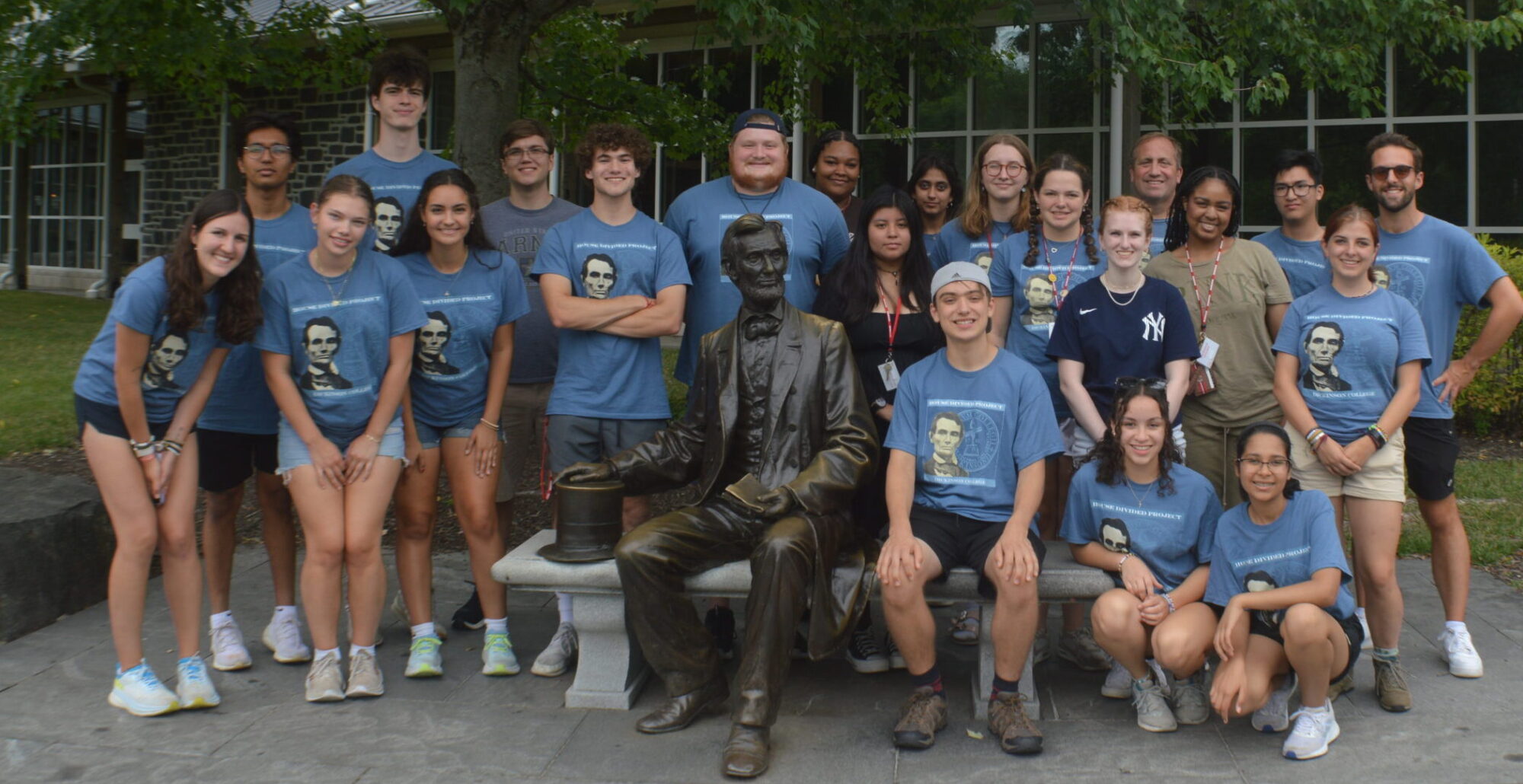No Person held to Service or Labour in one State, under the Laws thereof, escaping into another, shall, in Consequence of any Law or Regulation therein, be discharged from such Service or Labour, but shall be delivered up on Claim of the Party to whom such Service or Labour may be due.
INTRODUCTION

The original US Constitution, adopted in Philadelphia in September 1787 and ratified in the spring of 1788, addressed the issue of slavery in several ways but never mentioned the word itself even once. The three clauses below represented the most direct examples of this awkward dance –the so-called three-fifths clause, the African slave trade clause, and the fugitive slave clause. Historians disagree over what that tension illustrated. Some see it as an example of systemic racism at the core of America’s founding. Yet others point to the hard-fought battle waged by slavery’s opponents in the 1780s and 1790s to limit slavery’s sphere of influence mainly to southern states, clearly in hopes that all states in the new nation would eventually –and voluntarily– abolish the evil institution.
SOURCE FORMAT: Government document (excerpt)
WORD COUNT: 170 words
RELATED TEXTS: Constitutional debates on slavery (1787) // Dred Scott Decision (1857) // Lincoln’s inaugural (1861) //Reconstruction Amendments (1865-70)
CONTEXT LECTURE: Constitution Making
Article 1, Section 2
Representatives and direct taxes shall be apportioned among several States which may be included within this Union, according to their respective numbers, which shall be determined by adding to the whole number of free persons, including those bound to service for a term of years, and excluding Indians not taxed, three-fifths of all other persons.

Article 1, Section 9
The Migration or Importation of such Persons as any of the States now existing shall think proper to admit, shall not be prohibited by the Congress prior to the Year one thousand eight hundred and eight, but a Tax or duty may be imposed on such importation, not exceeding ten dollars for each Person.
Article 4, Section 2
No Person held to Service or Labour in one State, under the Laws thereof, escaping into another, shall, in Consequence of any Law or Regulation therein, be discharged from such Service or Labour, but shall be delivered up on Claim of the Party to whom such Service or Labour may be due.
CITATION: US Constitution, September 17, 1787, FULL TEXT via National Archives
DISCUSSION QUESTIONS
- Which delegates were more likely to fight in Philadelphia for counting the enslaved as full people for the purposes of apportionment, proslavery delegates or antislavery ones? How does that complicate how we interpret the meaning of the three-fifths clause?
- Was the proposed federal prohibition of the African slave trade until 1808 a reflection of the strength of the antislavery sentiment in 1787 or the power of the proslavery forces at the convention?
- Unlike the other two clauses discussed here, the so-called fugitive slave clause was part of Article IV. How might that placement within the structure of the Constitution affect the interpretation of its meaning?
FURTHER READING
Our founding ideals of liberty and equality were false when they were written. Black Americans fought to make them true. Without this struggle, America would have no democracy at all. –Nikole Hannah-Jones
2020 MSNBC segment on the 1619 Project
- FEATURED COLLECTION: Dickinson & Slavery (House Divided Project)
- Selected debates over slavery, US Constitutional Convention, 1787
- Founders’ Constitution, University of Chicago
- Nikole Hannah-Jones, Introductory essay, 1619 Project, NY Times Magazine (2019)
- Historians’ Letter to the Editor and Response, New York Times, Dec. 2019
- Jenny Martinez, Relics of Slavery in the Constitution, National Constitution Center (2021)
- Matthew Pinsker, Arguing Over Slavery in the Constitution, History 404, Dickinson College (Fall 2015)
- Pulitzer Center, 1619 Project Education Materials Collection
- James Oakes, What the 1619 Project Got Wrong, Catalyst (Fall 2021)
- STUDENT CLOSE READING: Nick Rickert, ’23
- Handout –Constitution and Slavery
